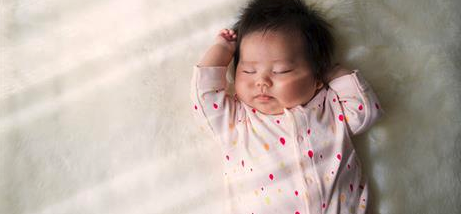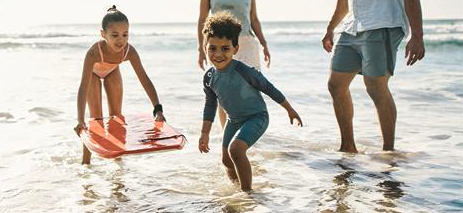Every family benefits from having routines. They help organize daily life and prevent chaos. Children thrive when routines are consistent, predictable, and regular.
Balancing Flexibility and Structure
One of the biggest challenges for families is establishing routines that are both comfortable and effective. The goal is to find a balance between the disorder that can come from a lack of structure and the boredom that can arise from routines that are too rigid. As a parent, it's helpful to review your household routines to make sure they serve their purpose. Here are some tips.
Weekday Mornings
Prepare as much as possible the night before to make mornings smoother.
Keep wake-up routines cheerful and positive. If your child isn't a morning person, play some upbeat music to lift their mood.
Encourage your child to eat breakfast, even if they're not hungry. Breakfast is important for learning.
Offer choices to avoid last-minute conflicts, such as asking whether they prefer to wear a blue jacket or a red one when it's chilly.
Always say goodbye to your child with a hug and a wave to give them a positive start to their day.
After School
Children need adult supervision in the middle childhood years. Many schools offer after-care options, or you can arrange transportation to reliable childcare providers.
A healthy after-school routine might include a snack, exercise, relaxation, and study time, in whatever order suits your child best. After 6 to 8 hours of school, kids need active play to release energy and stay healthy.
Evenings
Dinner should be a special family time. Whenever possible, eat together without distractions like electronic devices or television. This is a great time to share the day's activities and enjoy conversation.
Encourage everyone to participate in dinner conversations and avoid negative comments. Use conversation starter cards to foster positive communication.
After dinner, kids can help with chores, finish homework, and then relax by reading, chatting, playing games, or having some screen time.
Bedtime
On school nights, set a regular bedtime for children. Adjust the lights-out time based on each child's age and sleep needs.
Nighttime rituals such as storytelling, reading aloud, and singing can help ease children to sleep. Avoid stimulating activities before bed.
Weekends
Weekend schedules vary, but they are great for family togetherness. Activities might include grocery shopping, visiting museums, doing chores together, or going on family hikes or bike rides.
Consider inviting your child's friends over to strengthen social bonds and get to know your child's friends. Keep activities simple, like a family dinner followed by board games or a movie.
While family time is important, parents should also set aside time for themselves to strengthen their relationship and set a positive example for their children. Kids can enjoy time with a trusted sitter while parents reconnect.





